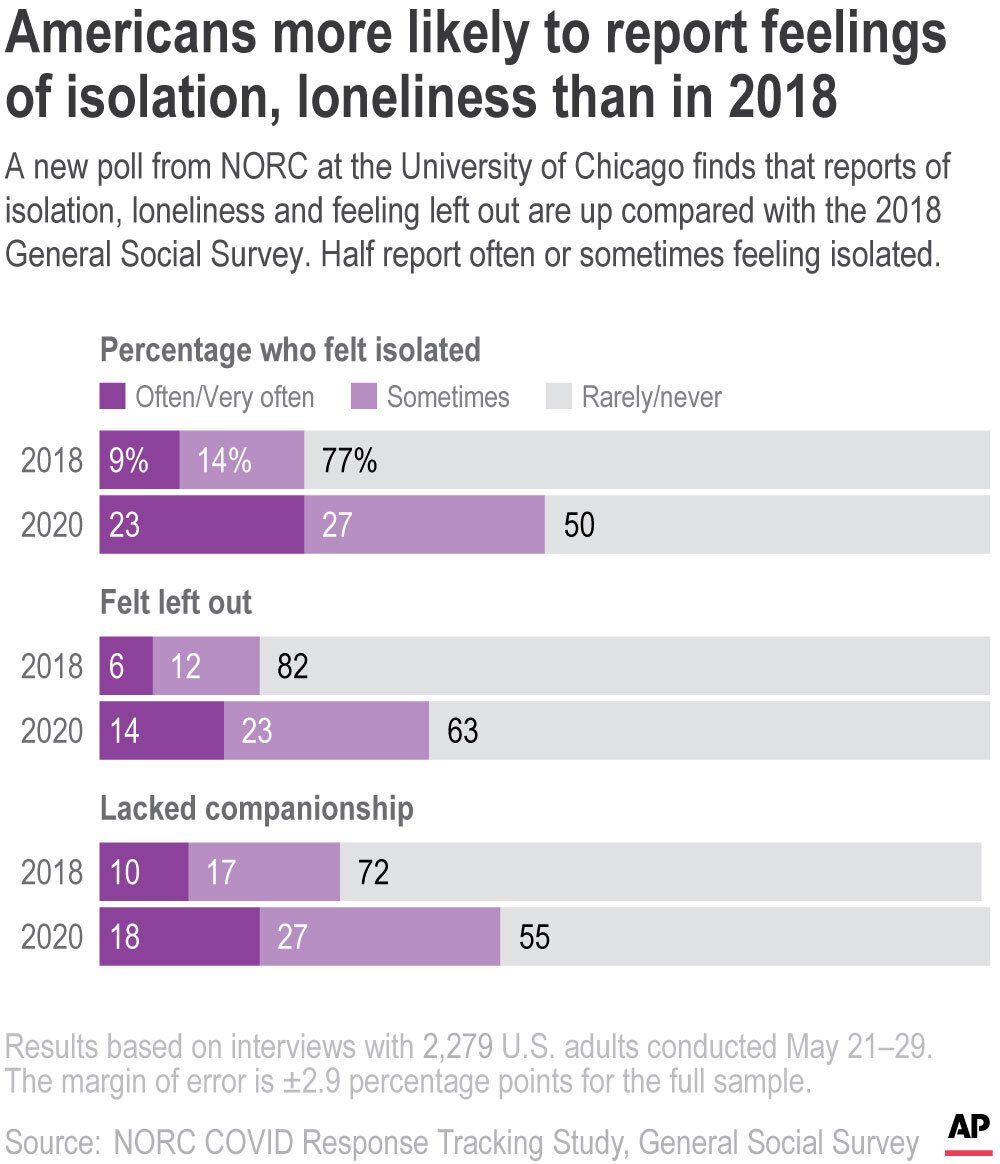Rep. Ilhan Omar's father has died from COVID-19 complications
Sarah Al-Arshani
Rep.-elect Ilhan Omar, D-Minn., joins House Democratic Leader Nancy Pelosi of California and newly-elected members at a news conference to discuss their priorities when they assume the majority in the 116th Congress in January, at the Capitol in Washington, Friday, Nov. 30, 2018. Associated Press/J. Scott Applewhite
Rep. Ilhan Omar of Minnesota announced late Monday that her father died from COVID-19 complications.
Rep. Ilhan Omar of Minnesota announced late Monday that her father died from COVID-19 complications.
"No words can describe what he meant to me and all who knew and loved him," Omar wrote in a statement on her father's death.
Omar is the first Somali-American to serve in Congress and often credited her perseverance to her father, who helped raise her from infancy after her mother passed away.
Rep. Ilhan Omar announced on Monday that her father, Nur Omar Mohamed, died from complications of COVID-19.
The Minnesota Democrat released a statement on her father's death late Monday that included an Islamic phrase "Inna lillahi wa inna ilayhi raji'cuun," which means "Surely we belong to God and to Him we return."
"It is with tremendous sadness and pain that I share that my father, Nur Omar Mohamed, passed away today due to complications from COVID-19," Omar wrote. "No words can describe what he meant to me and all who knew him. My family and I ask for your respect and privacy during this time."
—Ilhan Omar (@IlhanMN) June 16, 2020
Omar is the first Somali-American and one of the first Muslim women to serve in the US House Representatives. Her widely covered road to Congress revealed she spent her early years as a refugee who fled Somalia with her family in the early 1990s.
Omar often credited her determination to her father, who The New York Times reported raised her after her mother died while she was still an infant.
On the eve of her historic swearing-in to Congress last January, she tweeted a photo of herself and her father arriving at Virginia's Ronald Reagan Washington National Airport, the same airport that she arrived in as a refugee many years earlier.
"23 years ago, from a refugee camp in Kenya, my father and I arrived at an airport in Washington DC," Omar wrote alongside the photo. "Today, we return to that same airport on the eve of my swearing in as the first Somali-American in Congress."
—Ilhan Omar (@IlhanMN) January 2, 2019
Omar told the Times that she often encountered bullies while growing up in suburban Virginia, which her father dismissed as "doing something to you because they feel threatened in some way by your existence."
As of late Monday, the novel coronavirus had infected more than 2.1 million and infected more than 116,000 in the US.




